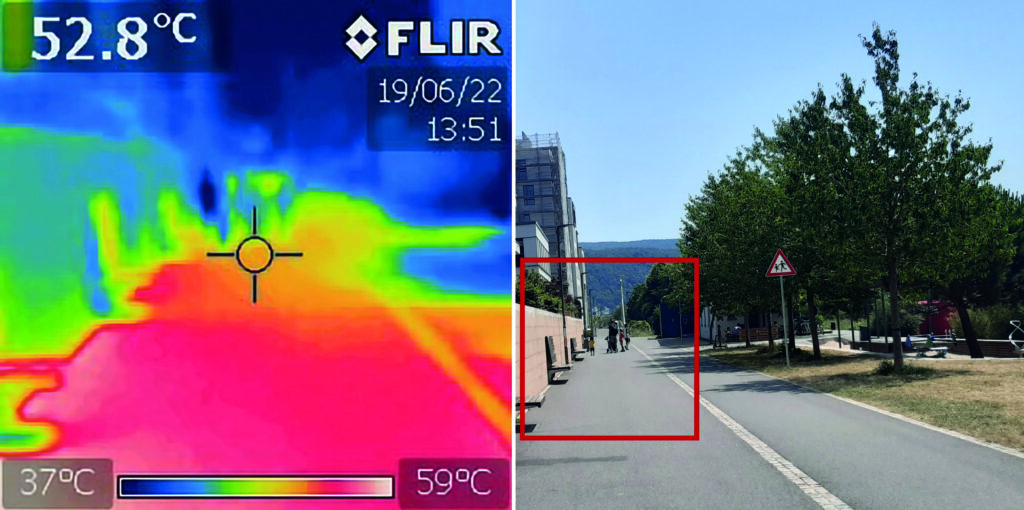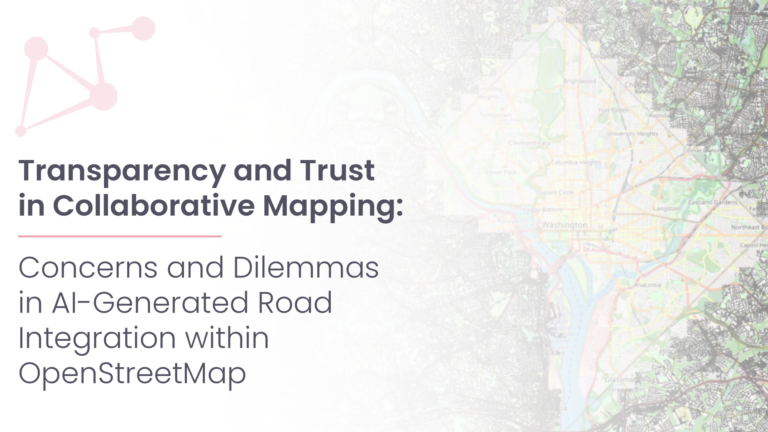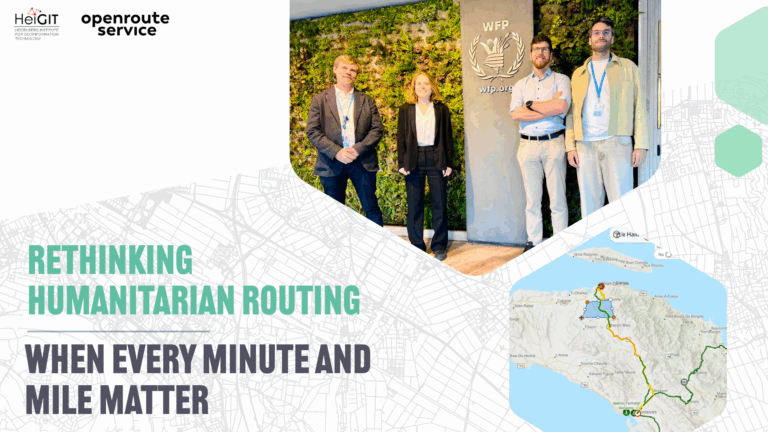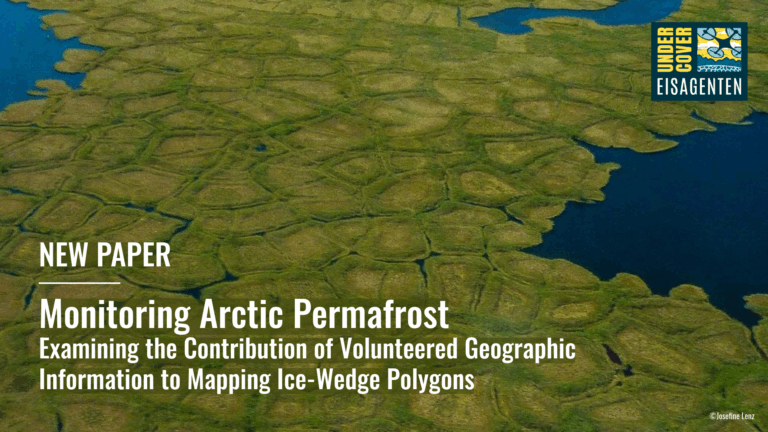The research team of the transdisciplinary project HEAL (Heat Adaptation for Vulnerable Population Groups), focusing on providing heat adaptation measures for vulnerable groups in Heidelberg, has published a research paper titled „How to assess the needs of vulnerable population groups towards heat-sensitive routing? An evidence-based and practical approach to reducing urban heat stress“. The paper delves into the comprehensive methodologies employed to understand local heat stress and identify the needs of diverse population groups, essential for the development of effective heat-avoiding routing service.
Through participatory methods such as heat workshops and interactive city walks, the study engages vulnerable populations such as pregnant women, older individuals, young children and people with pre-existing medical condition, the general public, experts and city administration to understand their perspectives and concerns regarding heat stress and mobility during heat events. This approach allows for a nuanced understanding of individual needs and practical considerations in addressing heat stress and urban heat adaptation.
Quantitative methods include microclimatic measurements to capture small-scale spatial differentiation in heat stress levels. Additionally, qualitative methods such as focus groups and interviews provide insights into individuals‘ experiences and perceptions of heat stress, as well as their preferred adaptation strategies. The data collection process involves iterative engagement with stakeholders to ensure further implementation of the research outcomes. By incorporating feedback from various user groups, the study aims to create a routing tool that is accessible and meets the diverse needs of the community.
The paper presents the findings from the participatory development and interim evaluation of the routing prototype. It highlights the integration of adaptation measures on individual and municipal level through a co-design process, emphasizing the importance of user testing and iterative adaptation to ensure the tool’s effectiveness.

Furthermore, the study’s transdisciplinary workflow generates valuable insights into heat stress and protection in Heidelberg, benefiting city administration and critical infrastructure in their prevention and adaptation efforts. The project’s completion will be marked by public events, digital and analogue material to disseminate information and raise awareness among different user groups.
To keep up with future developments and releases related to the project as well as other efforts to advance geospatial technology in the mobility, humanitarian aid, and data analytics space, follow the social media channels and stay up to date on our blog.
Reference:
Foshag, K., Fürle, J., Ludwig, C., Fallmann, J., Lautenbach, S., Rupp, S., Burst, P., Betsch, M., Zipf, A., & Aeschbach, N. (2024). How to assess the needs of vulnerable population groups towards heat-sensitive routing? An evidence-based and practical approach to reducing urban heat stress. ERDKUNDE, 1–33. How to assess the needs of vulnerable population groups towards heat-sensitive routing? An evidence-based and practical approach to reducing urban heat stress





